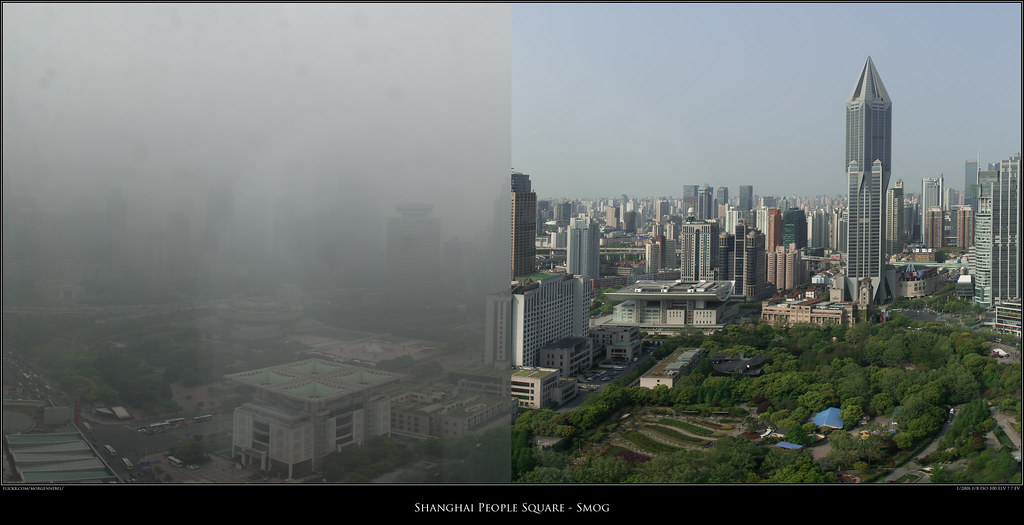A redesign of OpenStreetMap.org has just gone live. Since we kicked off with State of the Map US in San Francisco, we have been working closely with the OpenStreetMap community to implement this new design that is more focused — a better experience for newcomers and creates more space for the map.

We introduced a stronger distinction between logged in and non-logged in user interfaces focusing on what matters for each.

Actions like editing, browsing the history and exporting are all modes of the same map now.

Clean sub pages under clear menu items replace the cluttered sidebar menu - here is the About page.
We continued to take an incremental approach to implementation, taking on areas where we could have an impact that was actionable, fit within existing constraints, and could be realized in relatively short order. Specifically, we've focused on the following areas for this redesign:
- A better experience for first time visitors. On the main page, new visitors now see an explanation of what OpenStreetMap is and clear actions to learn more or start contributing, rather than a cluttered and narrow sidebar without a clear information hierarchy.
- A better experience for contributors. One of the primary use cases of the website is as a tool for contributors to explore map data and changes. Functionality that was duplicated between browse pages, the map data layer, and "view on map" links is now consolidated and consistently presented in a sidebar and map view.
- A modern look and feel. It's not 2004 any more. With this redesign, the site feels fresher and more modern, and better reflects the competence, experience, and capability of the OpenStreetMap community.
Because OpenStreetMap is built and run by a community of contributors, it was important that our design process be highly collaborative. We solicited feedback in multiple venues -- conferences, editathons, mailing lists, IRC, and GitHub -- and at multiple points during the process. That feedback led us to consider new aspects of the design and produced many important refinements.

A screenshot of pull request #498 implementing the redesign.
In the end, we responded to hundreds of comments on the redesign pull request and made over 250 commits. The result is a huge step forward, producing a site that works better for both new and existing contributors, with a design that does justice to the thriving project that is OpenStreetMap. We are planning to continue in the spirit of iterative improvements and there are clearly areas where the site could be even better. Please report issues you find on GitHub.
Head over to OpenStreetMap.org and check out the new design. If you don't have an account yet, get one and get started mapping.

 Vail, Colorado is home to the largest ski resort in the United States.
Vail, Colorado is home to the largest ski resort in the United States.
































